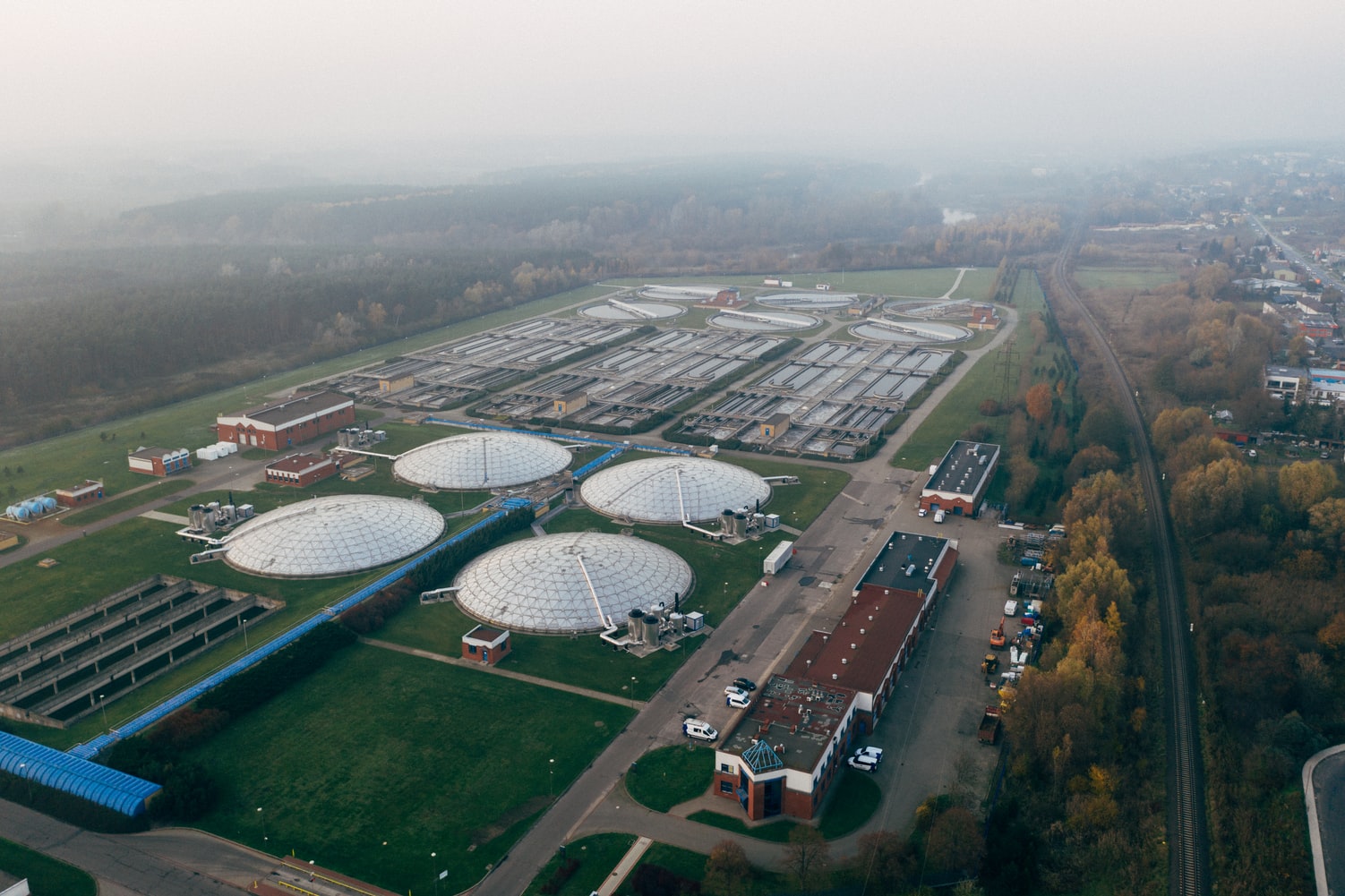A new year starts with new challenges, which is especially true for managing hazardous waste clean-out for your laboratory or manufacturing facility. New rules and regulations are continually being issued by either your state or the federal government. Your laboratory or manufacturing facility must stay up to date on these changes. Working with your local waste disposal service for your year-end chemical waste clean-out will ensure you follow all current regulations.
Chemical Waste Clean-out Begins with Identification
To begin a new year’s chemical waste clean-out, you will start by identifying your hazardous waste. The Environmental Protection Agency (EPA) regulates hazardous waste materials under the RCRA (Resource Conservation & Recovery Act) to ensure these materials are managed in a compliant manner.
If your laboratory or manufacturing facility generates hazardous waste materials, you are responsible for it from the time it is generated until it is disposed of or reaches its final destination. Hazardous materials must be disposed of in a manner that will not endanger human health or your environment.
Hazardous waste will be:
Corrosive
Ignitable
Reactive
Contain toxic characteristics
Materials have an SDS (safety data sheet) in which it will advise you of its properties and whether or not it is considered hazardous. If you are unsure about any material, you should check with a local hazardous waste disposal service, such as Environmental Marketing Services, to determine how it should be labeled and identified.
Implementing New Year Chemical Waste Clean-out
If your college, university, or other academic laboratory has collected a lot of chemical waste, you may want to consider a chemical waste clean-out to start out the new year of 2021. As a laboratory, whenever you move, close, or decide to clean out a substantial amount of chemical waste, you must:
Have chemical wastes in appropriate containers. It is preferred that plastic is used over glass if compatibility is not a concern. You should segregate chemical waste by its compatibility and not alphabetically.
Your chemical waste containers need to be labeled:
Chemical name and quantity. If you have mixtures, each chemical must be listed. You are not allowed to use acronyms, abbreviations, or ditto marks. Using such short cuts in names does not comply with Hazard Communication Standards.
Date when the waste was generated
Note the department or room number where waste was generated
PI’s telephone number and name
Bottle number assigned to the corresponding waste sheet
Label or tag must contain the words, ‘Hazardous Waste’
You must complete a Hazardous Waste Information Form that includes:
Quantity and the full name of the chemical waste (again, no short cut in terms are allowed)
Date the waste was generated
Room number or department where the waste originated
PI’s telephone number and name
Contact name to answer and questions
Bottle number assigned on the bottle
Account or speed type number
Send the completed Hazardous Waste Information Form to the Environmental Health and Safety Office
Disposing chemicals through a sanitary sewer can only be done if your lab receives written permission from EHS. To obtain such permission, you must:
Complete and submit a list of all chemicals you are requesting approval for
EHS will review your information and provide written permission or approval depending on the information you provide
If you change your chemical information or volumes, you will need to refresh the information with EHS
Chemicals cannot be disposed of in a solid waste disposal system
If your lab only schedules a hazardous waste clean-out once a year, it is highly suggested you make sure to stay compliant year-round in labeling, storing, or disposal methods. It can be overwhelming to remain compliant with state and federal regulations, but when planning a chemical waste clean-out, check with Environmental Marketing Services to ensure you follow current rules.
How to Safely Perform a Laboratory Chemical Waste Clean-out
With the beginning of the new year 2021, or if you have had a research group leave or move from using your laboratory, you could be faced with various hazards. A chemical waste clean-out will be necessary for a new group to use this lab or a fresh start to a new year.
When assigning a person to perform the chemical waste cleanout, you must ensure they have the proper training to work with hazardous chemicals. An online course is offered through EH&S (Environmental Health & Safety) to teach one how to handle these dangerous materials. This safety training course will show your personnel how to work around and handle laboratory chemicals.
The EH&S provides a checklist to follow for chemical waste clean-out, so you are assured the space is left safe and clean. The checklist should be copied, with one copy being posted inside the lab area by the doorway. The steps that should be followed during a chemical waste cleanout include:
Dispose of chemicals
A chemical waste clean-out involves cleaning out chemicals left inside of equipment, such as mercury in thermometers and manometers. Petroleum and oil should also be removed from motors and pumps.
Decontaminate
Equipment and surfaces should be fully decontaminated after the removal of hazardous materials.
Who to Contact for Your New Year Chemical Waste Clean-out
Environmental Marketing Services has years of experience working with laboratory chemical wastes. Whether you have unusable or spent chemicals or want to perform an annual chemical waste clean-out, we understand the unique niche these chemicals have in waste disposal. We have a safe disposal program in place to expedite your chemical waste removal in a reliable manner.



